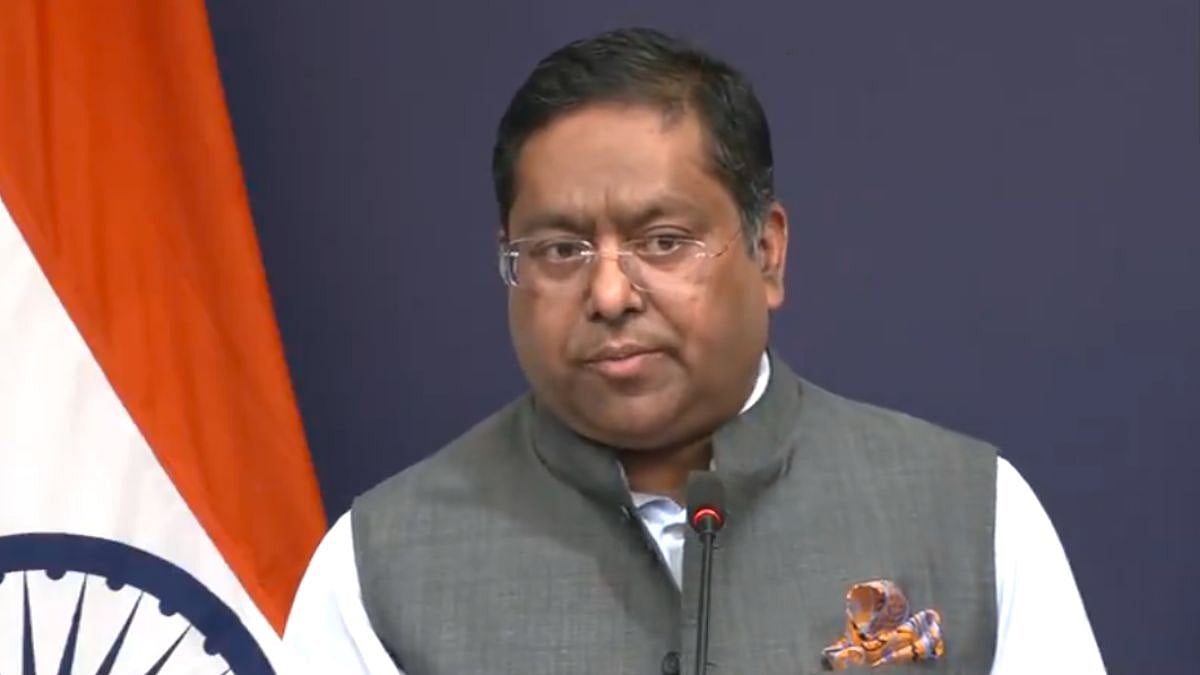The Ministry of External Affairs (MEA) issued a statement on Thursday addressing recent concerns about flooding in Bangladesh's eastern borders. The MEA clarified that the current flood-like situation is not linked to the release of water from the Dumbur dam on the Gumti River in Tripura, India.
The clarification follows several media reports suggesting that the flood conditions in Bangladesh were caused by water released from the dam. In response to a report allegedly mocking the situation in Bangladesh, hackers from Bangladesh defaced the Zee Media website on Wednesday.
According to the MEA, the flooding in Bangladesh is primarily due to heavy rainfall in the catchment areas of the Gumti River, which have experienced some of the year's heaviest rains in recent days. The floodwaters are coming from these large catchments downstream of the dam, not from the Dumbur dam itself.
The MEA emphasised that the Dumbur dam, located over 120 kilometers upstream from the Bangladesh border, is a low-height dam (approximately 30 meters) used for power generation. It contributes to a power grid from which Bangladesh draws 40 MW of electricity.
Three water level observation sites—Amarpur, Sonamura, and Sonamura 2—monitor the river's course. Heavy rainfall has continued since August 21 in both Tripura and Bangladesh, leading to automatic water releases.
.jpg)
Amarpur station, part of a bilateral protocol, transmits real-time flood data to Bangladesh. While data indicating a rising trend was sent until 3:00 PM on August 21, a power outage at 6:00 PM due to flooding caused communication issues. Despite this, efforts were made to maintain contact through alternative methods.
The situation underscores the shared impact of flooding on both India and Bangladesh and highlights the importance of close cooperation. As neighbors sharing 54 cross-border rivers, both countries remain committed to addressing water resource issues through ongoing bilateral consultations and technical discussions.









